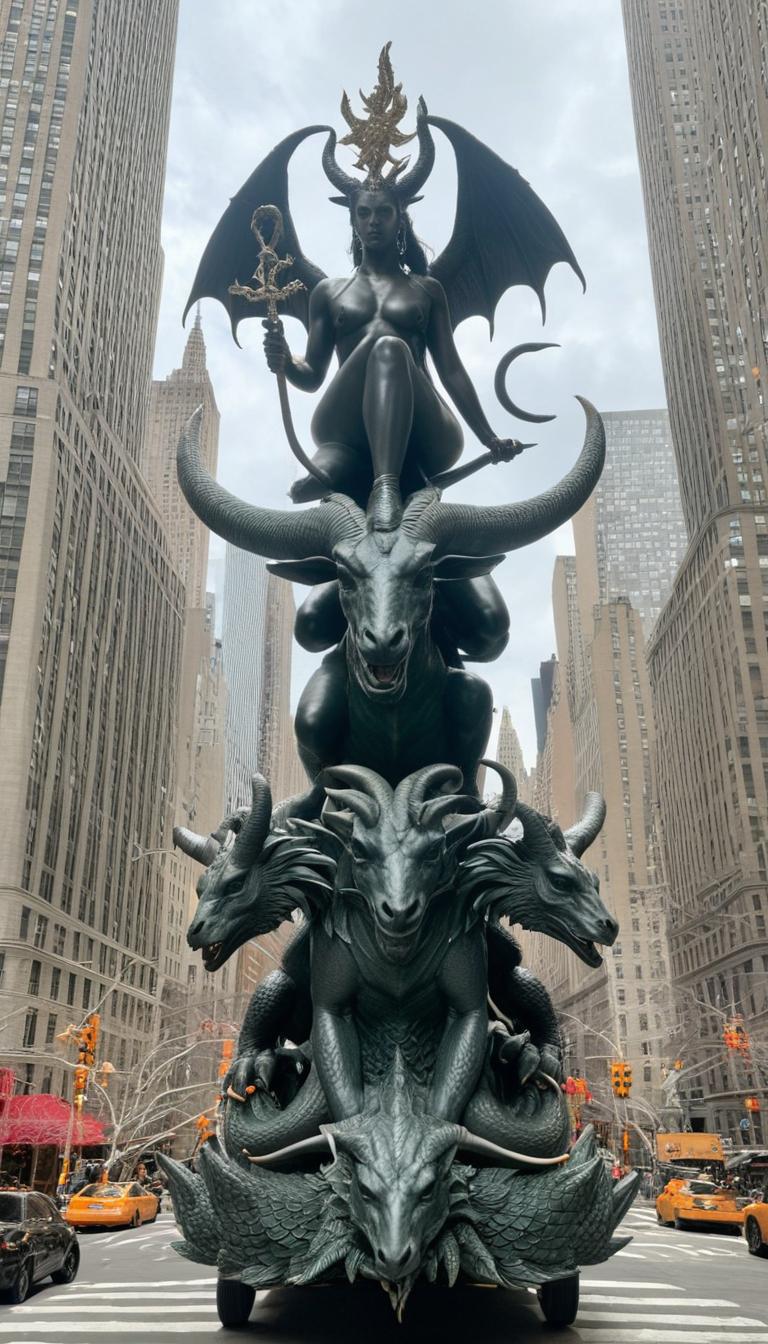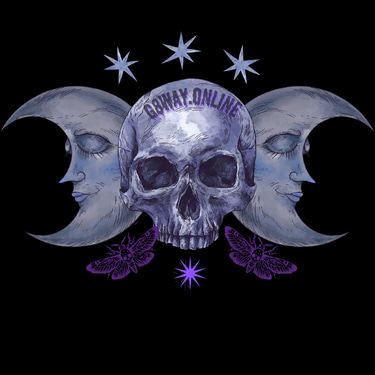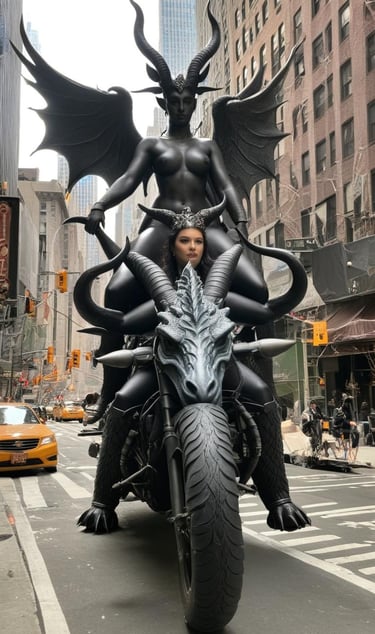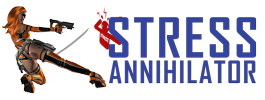1975-1995: The Golden Age of Rebellion and Ritual
Keep in mind that in the wake of the 1960s counterculture, the occult flourished in the 1970s and 80s. Satanic Panic? Check. Anton LaVey’s Satanic Bible gaining cult status? Absolutely. Aleister Crowley’s resurgence as the ultimate edgelord? Of course. Whether it was Thelema, Wicca, Chaos Magick, or Dungeons & Dragons-induced paranoia, the occult was thriving—both as a spiritual practice and as a misunderstood bogeyman of the mainstream.
The 80s brought us synthwave, VHS horror, and the looming shadow of Christian fundamentalism casting everything from heavy metal to tarot cards as Satan’s work. Occult bookstores flourished in dimly lit corners of major cities, and the underground was alive with secret rituals, zines, and whispered initiations. In New York City, the scene was electric — grimy basements in the East Village hosted candlelit coven meetings, punk kids mixed chaos magic with DIY ethos, and old-school botanicas in Spanish Harlem sold everything from protection amulets to spell kits under the counter. The occult wasn't just a rebellion; it was a gritty, mystical heartbeat pulsing beneath the neon grime and Wall Street greed.
The early 90s saw the birth of cyber-occultism—where magical practices met the rising internet, leading to digitized grimoires, chaos magicians experimenting with sigils in cyberspace, and conspiracy theories that seemed slightly less ridiculous back then. But even the early internet—circa late ’90s—gave rise to cyber-occultism, where mages swapped sigils via dial-up and conspiracy theories had just the right amount of mystery (and less QAnon crazy).
Sure, Wicca got commercialized, but hey, at least people still believed in something. But then came the crystal boom, and with it, a tidal wave of glitter-drenched, basic-ass spirituality. Everyone and their mom became an empath with a moonstone jar and a dreamcatcher. The occult went from shadowy ritual to a self-care checklist. Smudge stick? Check. Herbal tea? Check. Spiritual depth? Meh. Not so much.


Bring Back the Dark: Why Modern Occultism Is a Glitter-Coated Joke and Cleavage Isn’t the Only Distraction
That good ol' creepy, witchy-demonic, magical, occultic, and legit scary stuff has gone extinct, sadly—and honestly, we should be terrified. I haven’t felt a real, bone-deep chill since I was a kid. Back then, I feared the monster under the bed. Now? I fear Netflix remakes and CGI horror. As my taste matured, so did my craving for storytelling with actual guts—plots that sink their claws into your soul, not just jiggle their way into your TikTok feed.
So, I have to ask: WHAT IN THE ACTUAL HELL HAPPENED?! Why isn’t Hollywood mining the absolute horrors of the last 50 years for inspiration? We’ve had cults, serial killers, paranormal encounters, alien sightings —and the biggest scare on screen is an obvious green screen with recycled slip-and-fall titty twisters.
Flash back to 1975, a time when Led Zeppelin ruled, bell-bottoms flared, and occultism wasn’t just edgy—it was downright danger. You weren’t just lighting a candle for "vibes"; they were channeling spirits, invoking demons, and maybe even getting banned from your local church. Fast-forward to 2025, and Tiktok witches are casting spells using moon emojis, while AI programs tarot readings in the same instant it recommends a recepie. Supposed magicians debate machine consciousness like it’s a Reddit thread—and it kind of is. All the esoteric knowledge once veiled in mystery is now repackaged as a self-help trend.
Has occultism progressed, or has it declined into a commodified circus? Let’s take a look.
Once upon a time, the occult mattered. From 1975 to 1995, the underground throbbed with ritual rebellion. Anton LaVey’s Satanic Bible was a cultural hand grenade. Aleister Crowley became the patron saint of edgy teenagers and secret societies alike. In New York, punks dabbled in Chaos Magick between CBGB sets, and botanicas sold bootleg spell kits beneath rosaries and incense. It wasn’t all pentagrams and goat heads—it was spiritual survival. The esoteric was raw, dangerous, even authentic. Not something you put on a pastel hoodie and sell on Etsy. TF is THAT all about?! Anyways. . .




